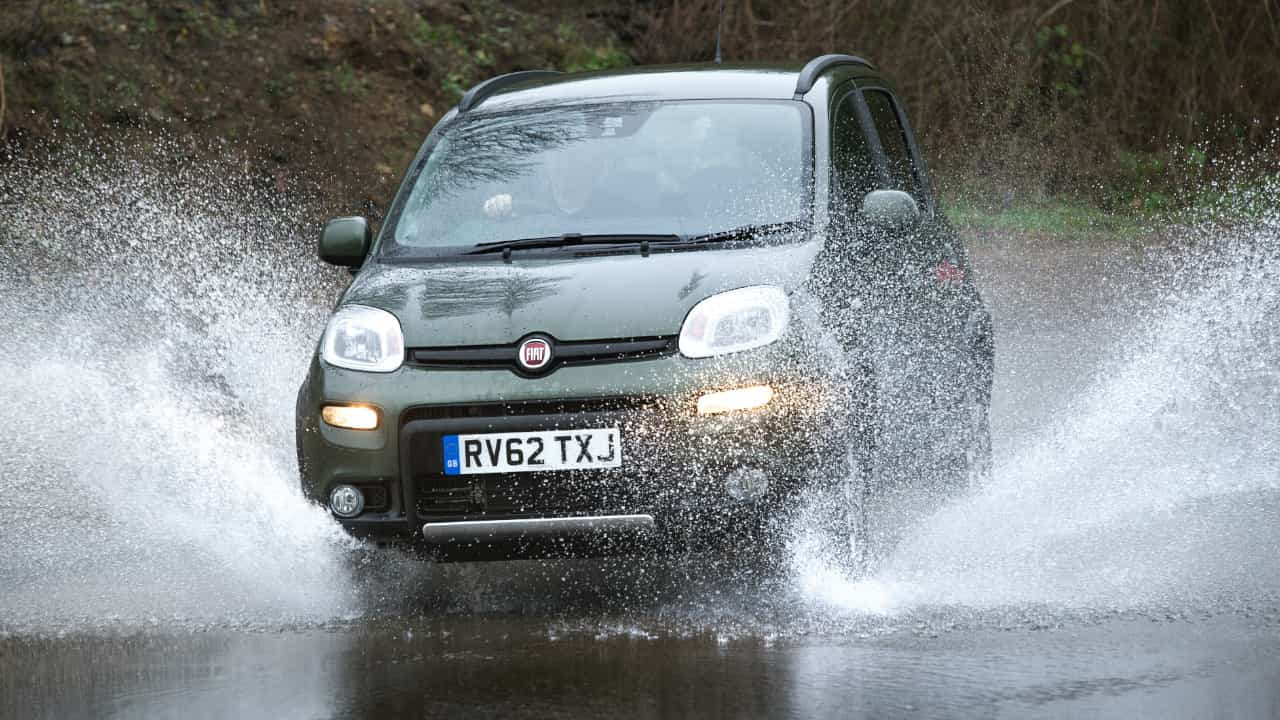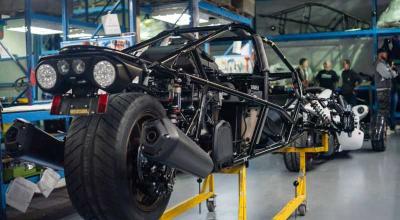4×4 Traction: Understanding How It Works

by AutoExpert | 14 November, 2023
In a world where driving conditions are as varied as the vehicles we drive, the 4x4 traction system has emerged as a popular choice among drivers. Far from being limited to off-road vehicles, this system is now a key feature in a range of cars including SUVs, crossovers, vans, and even sedans and station wagons.
What is 4x4 Traction?
4x4 traction, a propulsion system available in many car types, engages an additional axle — usually inactive under normal conditions. This evenly distributes propulsion force across all four wheels, enhancing grip and overall driving safety, especially on slippery surfaces.

Types of 4x4 Traction
The 4x4 system comes in three flavors: a permanent version with a central differential, a manually activated version, and an electronically activated version. Each has its pros and cons, with the automatic version being the most popular for its cost-effectiveness and fuel efficiency.

Permanent 4x4 Traction
This variant constantly distributes power to all four wheels, offering predictability and stability under various conditions. Cars like the Audi Allroad, Mitsubishi Lancer Evolution, Toyota Land Cruiser, or Land Rover Discovery exemplify this feature.
Manually Activated Traction
In this version, one axle is always driven, while the other can be engaged via a lever or button. Ideal for off-road conditions, this system is found in vehicles like the Suzuki Jimny, Jeep Wrangler, or Nissan Patrol.

Automatically Activated Traction
Serving as a middle ground between permanent and manual traction, this system is common in off-road vehicles like the Mitsubishi Outlander, Toyota RAV4, Volvo AWD, Suzuki SX4, Audi A3, and BMW X5. It automatically transfers power to the needed axle through a multi-disc clutch, seamlessly engaging rear-wheel traction as needed.
Advantages and Disadvantages of 4x4 Traction
While 4x4 traction offers enhanced grip and versatility, it also comes with higher purchase and maintenance costs, increased fuel consumption, and a risk of skidding in certain situations.


















